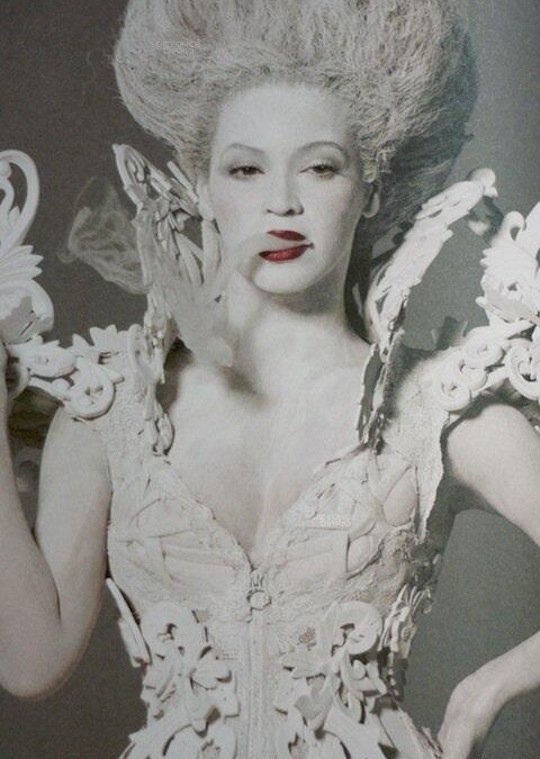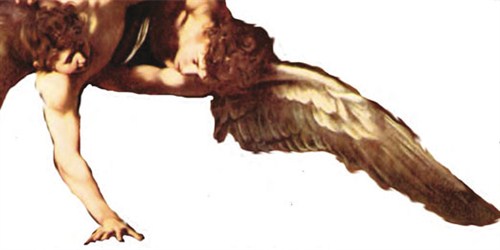Baroque to Neo-Baroque: Emotion and the Seduction of the Senses
Both the historical baroque and the neo-baroque are increasingly serious areas of global intellectual enquiry. This conference contributes to a fuller picture of the relationship between the two phenomena and, in particular, explores the engagement of emotion in the cultural productions of the baroque and the neo-baroque. Our own interest is in applying a new methodology to the study of baroque and neo-baroque cultures, one grounded in unique sensory and spatial approaches, and themes. The conference is being organised by Professor Angela Ndalianis (The University of Melbourne) and Dr Lisa Beaven (La Trobe University).
Keynote Speakers
Monika Kaup (Associate Professor of English and Latin American Studies, University of Washington)
‘Feeling Baroque: Joy, Sadness, Pride, as well as a Spinozist Solution to the Quest for Happiness’
There is unanimous agreement about the Baroque’s inherent connection with the emotions. Baroque philosophy and art became preoccupied with the problem of the ‘passions’, the question of to what extent the emotions control our psychic life, and how inner feelings are expressed in gestures and facial expression. This talk is organized into three parts: the first maps out some of the principal positions on the Baroque’s emotional appeal. In the second part, I explore one particular Baroque theory of the emotions (Spinoza’s) and the return of Spinozism in contemporary affect theory, in particular, Antonio Damasio’s study, Looking for Spinoza: Joy, Sorrow, and the Feeling Brain (2003). The third part traces the expression of three affects, Spinoza’s two primary emotions of joy and sadness (as well as “Latino” pride) in Neobaroque art by Frida Kahlo (melancholy), Niki de Saint-Phalle (joy), and Luis Jiménez and Guillermo Gómez-Peña (pride).
Helen Langdon (world-renowned specialist on Baroque painting)
The Baroque Sublime; Spectacle and Meraviglia
In the 17th century the sublime, before its 18th century codification as an aesthetic concept, was used in many spheres of art and literature. This talk teases out the intricate relations between the baroque and the sublime. The passion for novità stimulated an interest in the ancient Greek treatise, Longinus’ On the Sublime, and topoi from Longinus began to blend with the natural scientist’s fascination with the vast, and the terrifying, to create an ‘aesthetics of the infinite’ which underpinned the baroque landscape and exalted the daring and grandeur of the new science. But modern science fascinatingly co-existed with medieval magic, and the talk will conclude with a section on magic, terror and prophecy; it will look at the aesthetic pleasures offered by the supernatural horrors and marvels created by such popular scientists as Athanasius Kircher, which immersed the ideal onlooker in new sensations.
Marjan Colletti (Professor with joint appointment at the Bartlett, University College London UCL and the Univesrity of Innsbruck, Austria):
(Neo-baroque?) Post-digital Neo-materialism in Contemporary Architecture
Can the contemporary architectural discourse, which focuses on the paradigms of digital and computational design-research and novel fabrication technologies, be described as neo-baroque, in that it may seem to promote a new global style of architecture: complex and dynamic, smooth and topological, technological and decorative at the same time? Although there is a strong emphasis on materiality, feasibility and sustainability (hence the term neo-materialism), what emerges is an explicit agenda promoting material ornamentation, spatial spectacle and formal theatricality. Marjan Colletti’s talk discusses the intrinsic neobaroqueness of the present-day architectural debate with a critical eye directed at the engagement of technology and emotion on various scales (from micro to macro).
To view the full program see the conference website here.
Venues: Theatre A, Old Arts, The University of Melbourne and the Clemeger BBDO Auditorium, the National Gallery of Victoria, St Kilda Rd
Dates: 27th November 4:30-6:45, 28th November -29th November 2013
Bookings: Conference and keynote lectures are free but registration is recommended. Register online here.
All Enquiries: Professor Angela Ndalianis angelan@unimelb.edu.au
The conference is funded by the Centre for the History of Emotions (University of Melbourne) and the Faculty of Arts (The University of Melbourne) with support from the National Gallery of Victoria.


